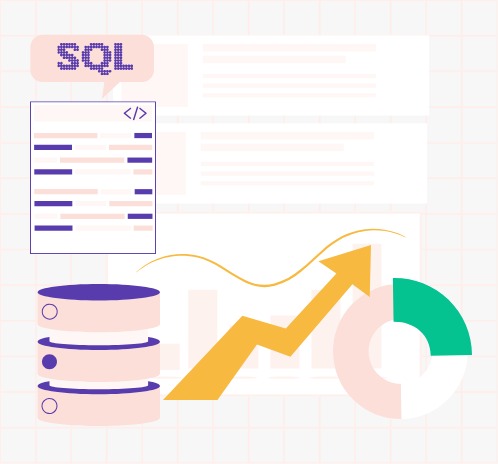What is Endpoint Security? How Does it Work?

Endpoint Security is a term that is increasingly finding its way into news articles, casual conversations, and business meetings.
Recent spikes in cybercrime suggest that we may have insufficient knowledge about what it really is, and how serious its implications can be.
Organizations of all sizes are vulnerable to cyber attacks from governments, malicious collectives, or independent hackers – and so are regular individuals.
Contents
What is Endpoint Security?
In simple words, any device connected to a network is an endpoint. At first thought, we may think of our cellphones or personal computers as endpoints – and we’re right.
However, with the tremendous advancements humanity has made in the field of the Internet of Things (IoT), the smallest of devices – such as toasters, washing machines, refrigerators, medical equipment, or your brand new smartwatch – may seem completely harmless, can be used to hack into computer networks and systems for an endless number of malicious reasons.

(Image Source: McAfee)
Add to this the rise in the Bring Your Own Device (BYOD) culture found in modern workplaces, and you have the perfect recipe for vulnerability exploitation.
Research done by John Matherly, the founder of Shodan, a search engine that allows the user to find specific types of computers connected to the internet by crawling through web servers and accessing open ports, shows that:
- There has been an increase in the number of systems that are accessible via Remote Desktop Protocol (RDP)
- The exposure of computer systems to Virtual Private Networks (VPN) is significant
- Exposure to Industrial Control Systems (ICS) is alarmingly high
These findings make the immediate adoption and proper implementation of trusted endpoint security measures imperative, in order to prevent data leaks and monetary losses.
How does Endpoint Security Work?
As the name suggests, Endpoint Security deals with securing devices connected to any network in such a way that they don’t gain access to network resources unless they comply with certain standards.
Traditionally, this means setting up a firewall and investing in a good antivirus plan. In today’s hyper-connected, increasing mobile world, this is nowhere close to enough.
Now, endpoint protection systems are designed to detect, analyze and block possible threats with minimal human interference.
They include modules such as endpoint detection and response (EDR), remote access virtual private network (VPN) solutions, forensics, advanced threat protection (ATP) protocols, remote desktop services (RDS), and many more highly sophisticated, dynamic security solutions.
It aims to keep corporate environments and personal homes well equipped against cyber threats.

Endpoint Security Components
Modern Endpoint Protection Platforms (EPP) operate on a client-server model and work by employing cloud-based continuous monitoring, i.e. they store all the data regarding known threats centrally.
To access these huge databases to analyze incoming and outgoing data from their network at astronomical speeds.
Since the data analysis takes place in real time, it offers protection against zero-day attacks as well. In situations where cloud-based solutions aren’t viable, on-site options are available.
By making use of components such as:
- Antimalware and Antivirus
- Integrated firewall
- Advanced forensics
- Email and disk encryption
- Web security protocols

EPPs are able to integrate technologies such as machine learning and artificial intelligence, combined with customizable, sophisticated scripts in order to perform real-time analysis of network and data packets in order to detect cyber threats (zero-day or otherwise) almost in real-time.
The provision of centralized endpoint management platforms makes it easier for system administrators to stay updated with the security status of all endpoints and allows easy navigation for security specialists. Social engineering attacks are minimized due to the real-time analysis performed by email gateways.
Why is Endpoint Security Important?
Originating in 1987, antivirus software traditionally worked by detecting known signatures, i.e. it would scan for the digital signature of objects in order to determine whether or not they were a part of the hundreds of millions of malicious objects that were previously identified.
Although this was initially effective, the technological advancements that have taken place since then have not only made this technique outdated but almost completely ineffective.
Today, thousands of exploits are made publicly available on a daily basis – making it extremely easy for attackers to deploy threats at a high speed, and on a large basis.
Therefore, modern endpoint security practices revolve around behavior-based detection – assessing whether or not an object is malicious by predicting its behavior and blocking it if any suspicious activity is detected.
Creating a completely foolproof protection system isn’t possible due to the rate at which counter-technologies are developed, but these highly sophisticated methods that work in real-time to isolate security threats and protect systems are our best shot at staying safe and must be taken seriously.






